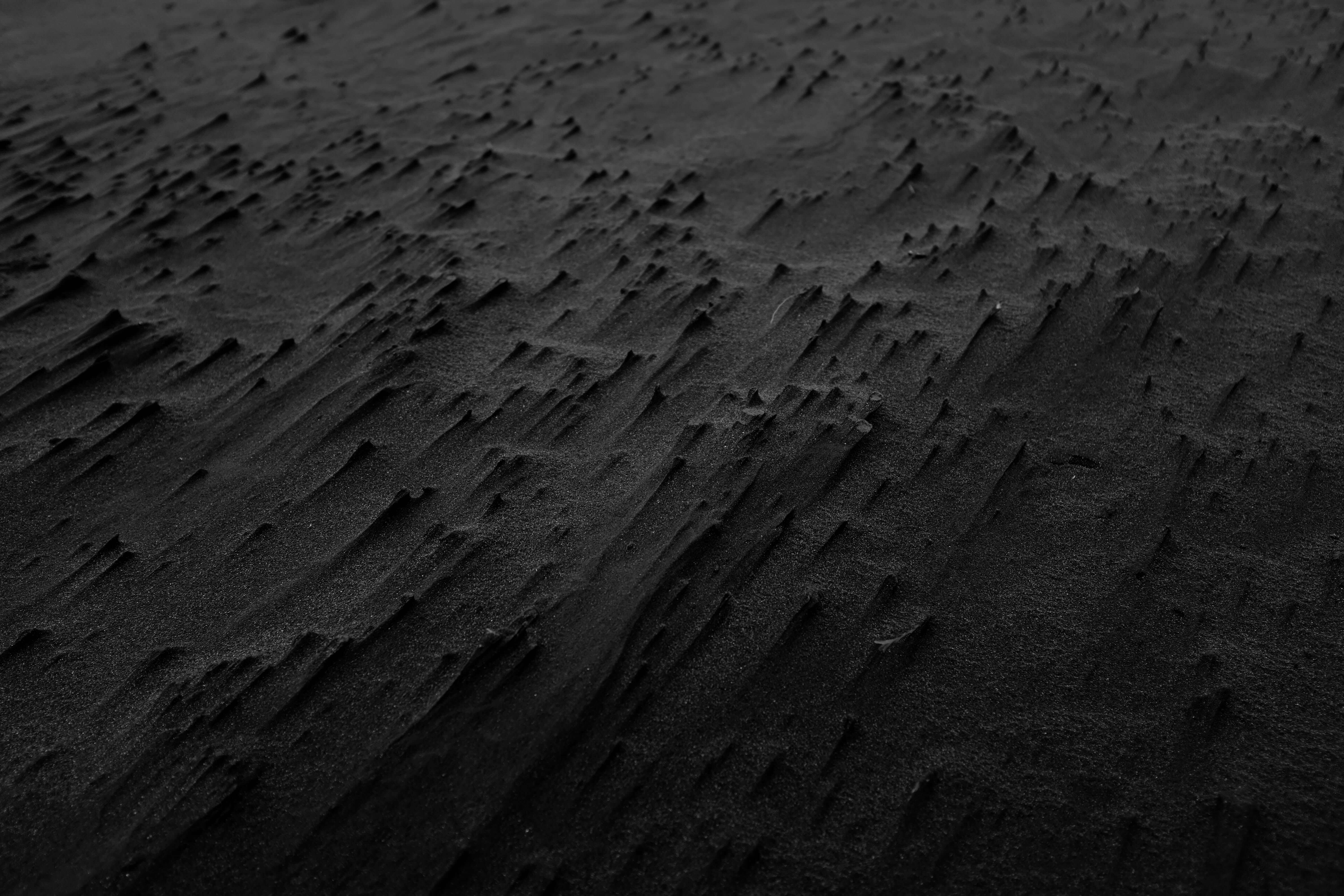The Pineal gland
Saturday, July 19th 2025 - Written by null

Your pineal gland is a small, soybean-sized gland located in the brain. This gland is responsible for producing melatonin, a hormone that helps regulate sleep and wakefulness.
Light cues from the eye signal the pineal gland to produce melatonin or stop releasing melatonin. Your melatonin levels usually peak at night when it’s dark, which helps you to feel sleepy.
The concept of decalcifying the pineal gland is an alternative practice. Practitioners believe by reducing calcifications on the pineal gland, you’re less likely to have medical conditions, such as migraine or problems sleeping.
While there’s not a lot of research to support that decalcifying the pineal gland can improve your sleep or other medical concerns, keep reading to learn more about what researchers do know about the pineal gland and calcium deposits.
Researchers have identified that the pineal gland develops calcifications or calcium spots. The pineal gland isn’t the only part of the body that can become calcified. Calcifications can form on heart valves, in the joints, and even in breast tissue.
Sometimes, in the case of the heart, calcifications can impair the way the organ works. According to an article in the journal MoleculesTrusted Source, pineal calcifications can impair the gland’s ability to produce melatonin.
Doctors don’t exactly know why the pineal gland develops calcifications — but there are a few theories.
